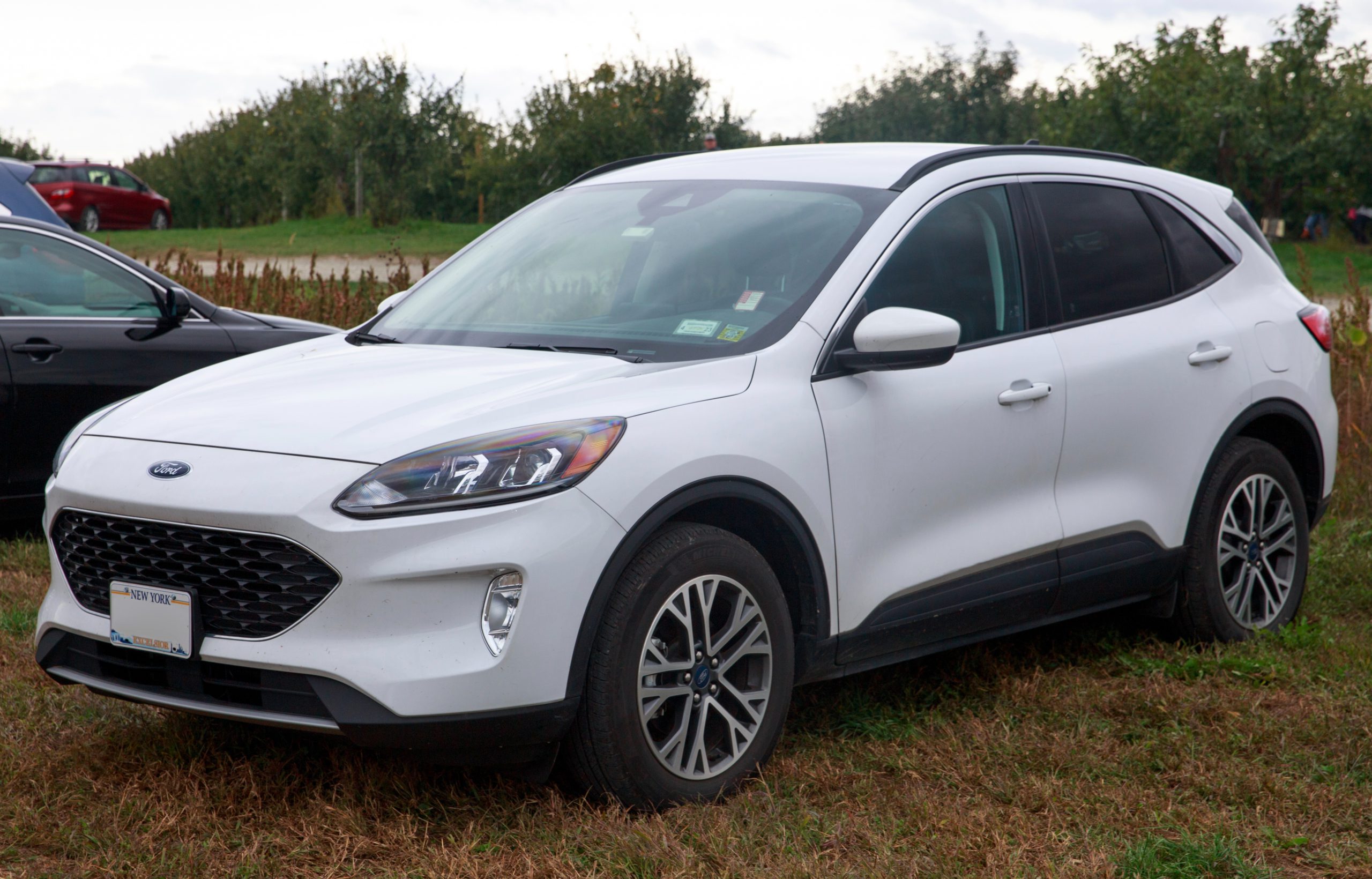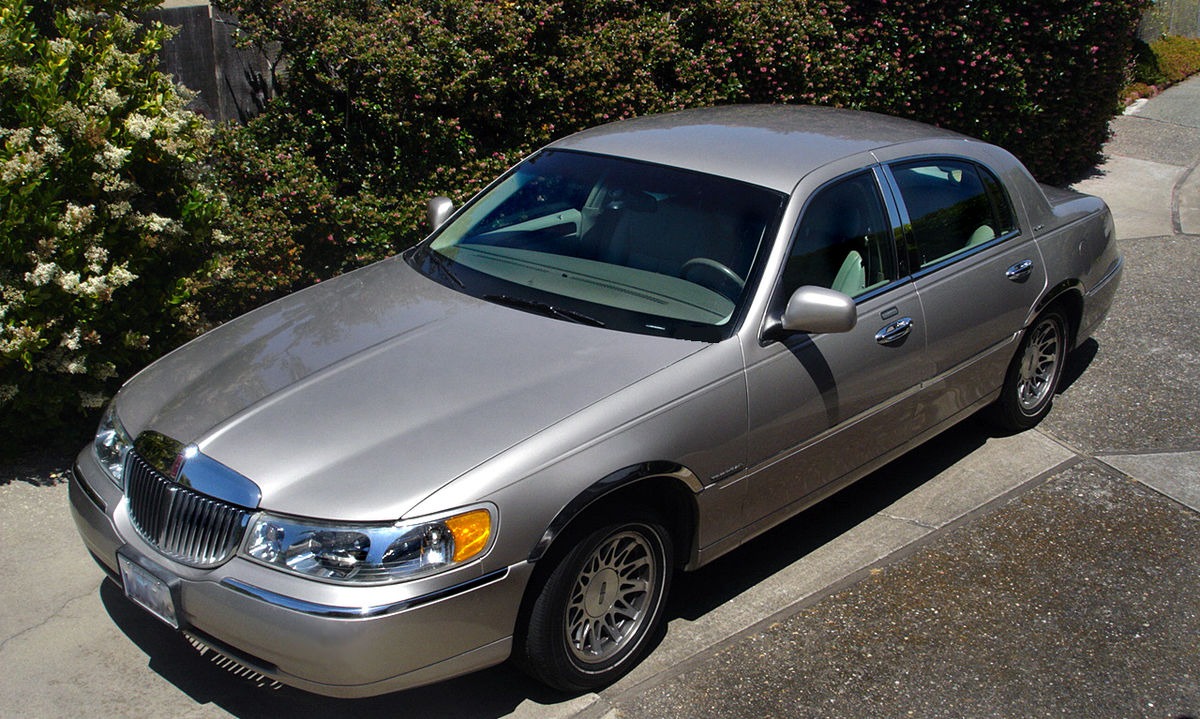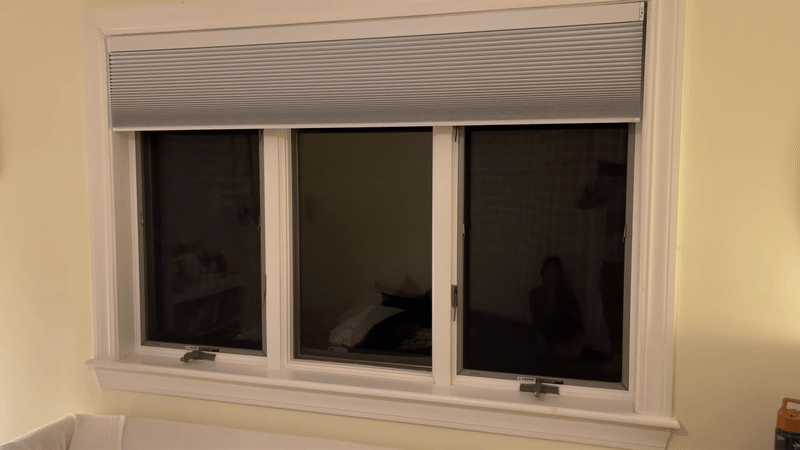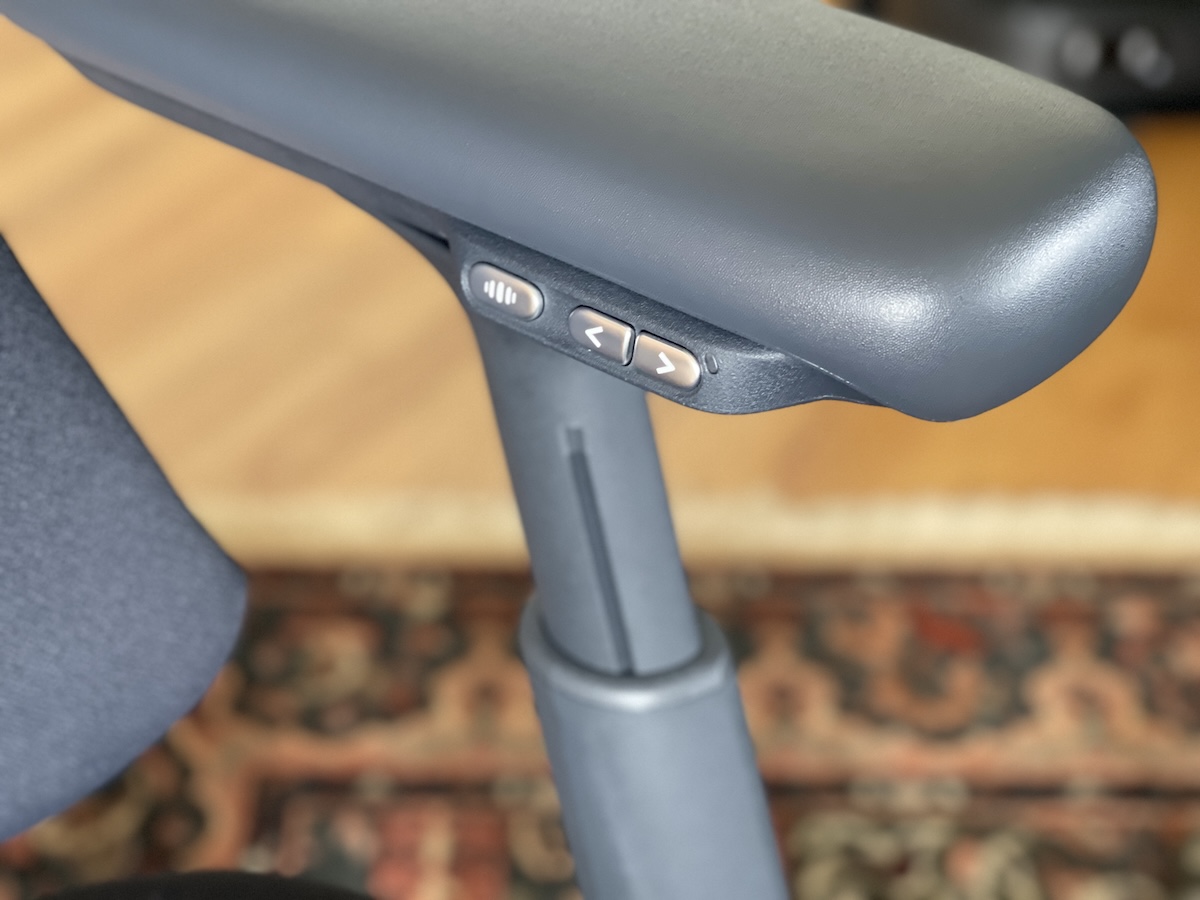Colorado startup Radia claims its WindRunner will transform renewable energy logistics. CEO Mark Lundstrom promises the 356-foot behemoth can transport turbine blades over 328 feet long. The company recently signed a DoD agreement positioning this aircraft for military cargo missions alongside wind farm deliveries. Radia has raised approximately $100 million in funding.
This enormous jet could soon rank among the world’s largest airplanes ever designed.
Engineering Meets Ambition

The WindRunner’s 272,000 cubic feet cargo bay reportedly swallows twelve Boeing 747s worth of volume. Four turbofan engines push this flying warehouse at Mach 0.6 like a TikTok trend, impressive at first glance. Radia validated the design through wind tunnel testing and simulations. First flights remain years away, with commercial operations targeted for 2027-2028.
Military Eyes the Monster

The Pentagon sees potential beyond wind blades. Their new Cooperative Research agreement explores hauling space launch materials and humanitarian aid. DoD officials believe the WindRunner’s 6,000-foot semi-prepared runway capability beats conventional transports. Whether military budgets justify specialized civilian aircraft remains unclear.
Design Trades Performance

That cavernous nose creates serious drag penalties. The twin-tail configuration helps balance 160,000-pound payloads but complicates maintenance procedures. Landing gear from Italian suppliers must handle both paved runways and dirt strips. Engineering compromises show everywhere when prioritizing cargo volume over aerodynamic efficiency.
Market Math Gets Fuzzy

Radia targets remote wind farms unreachable by conventional transport. Current blade transport typically caps around 230 feet due to highway limitations. The WindRunner theoretically enables offshore-sized turbines onshore. Yet operating costs could erase savings—each flight burns massive fuel hauling mostly air between deliveries like an Uber driver cruising empty suburbs.
Industry Promises Meet Reality

Mark Lundstrom claims this aircraft will create more wind projects, more green fuel projects, and lower energy prices. The company positions WindRunner as enabling “GigaWind” installations. Independent analysts question whether specialized aircraft economics work for intermittent cargo needs. The renewable energy sector watches skeptically as Radia chases its ambitious timeline.





























